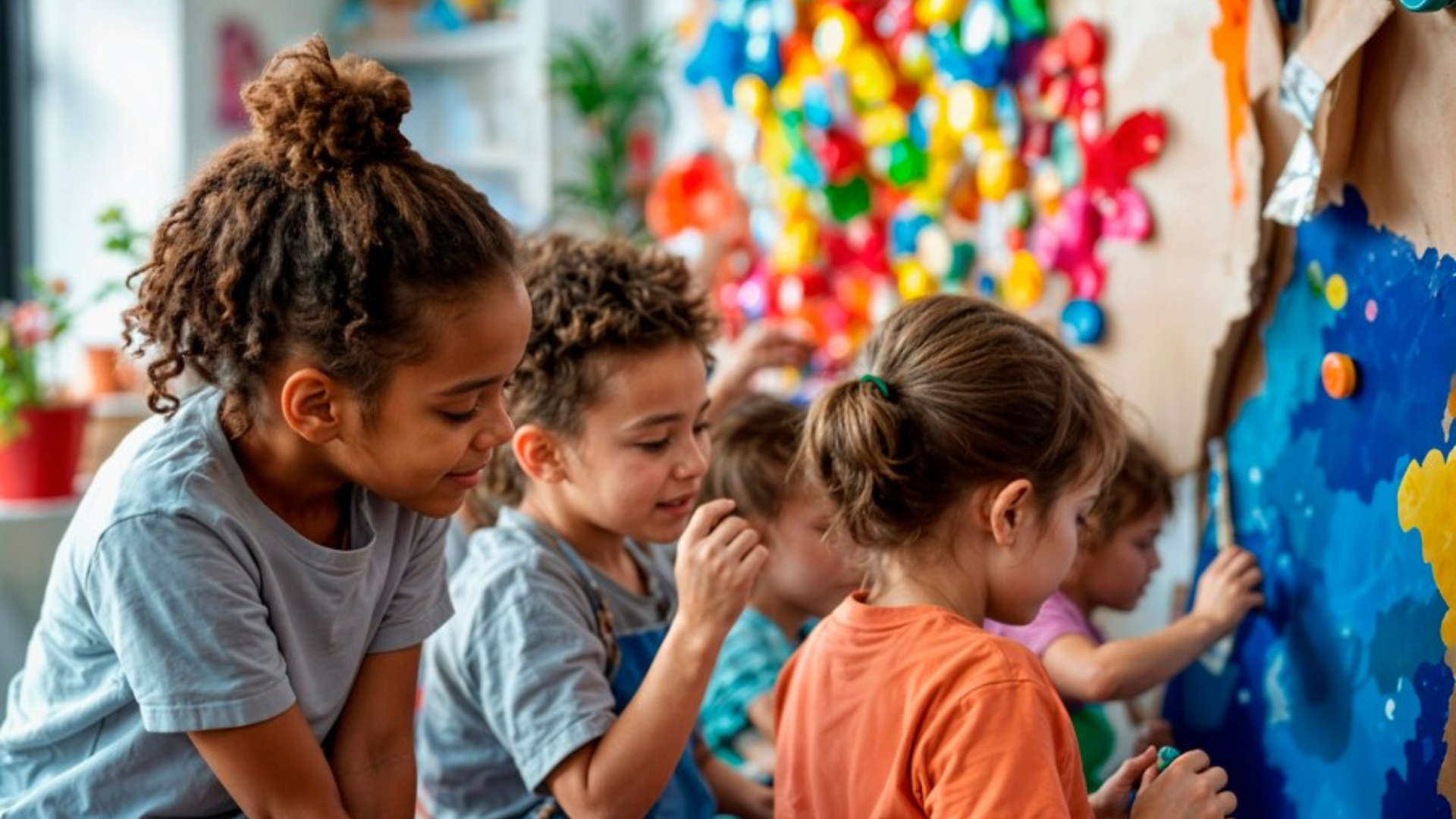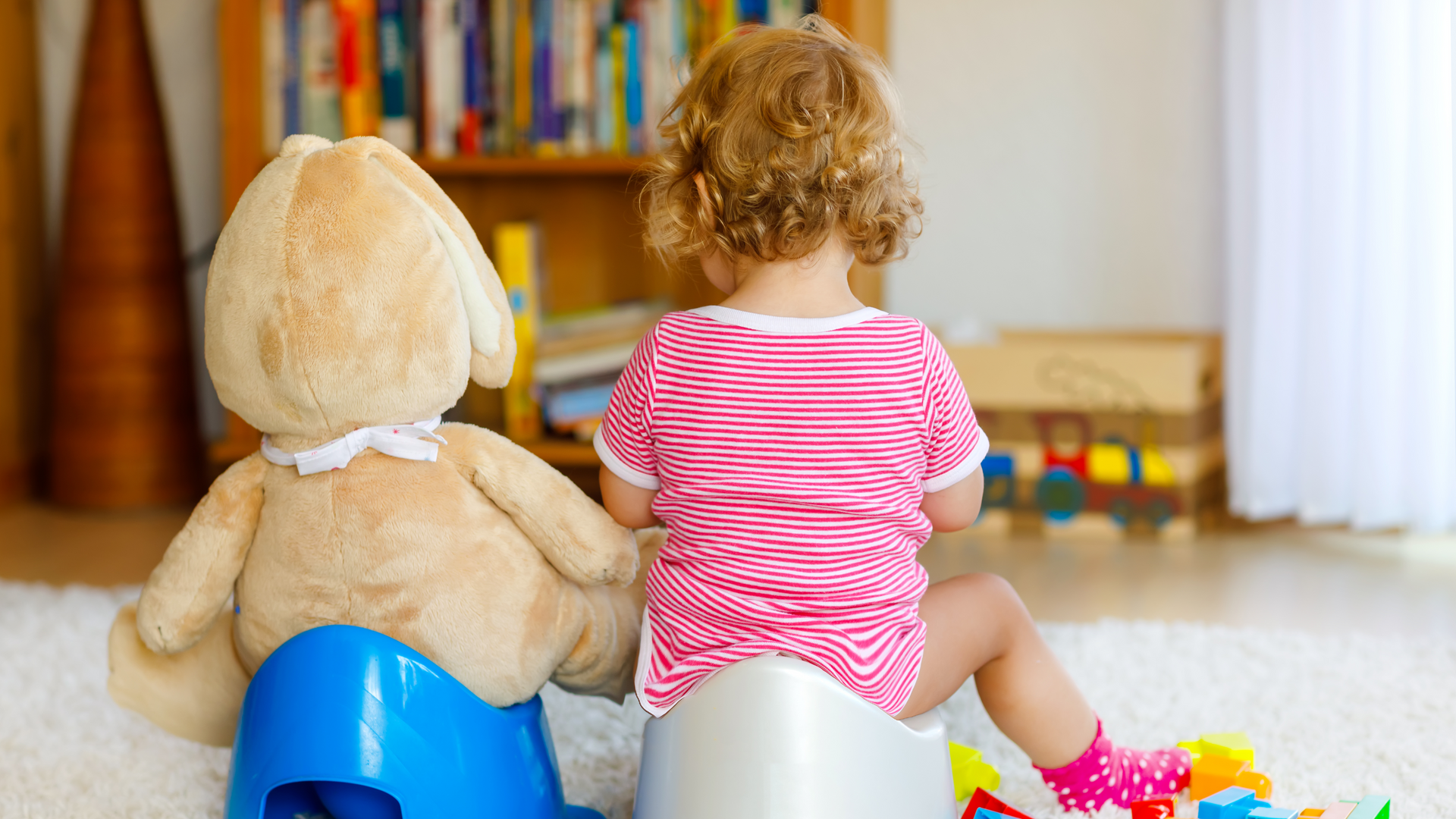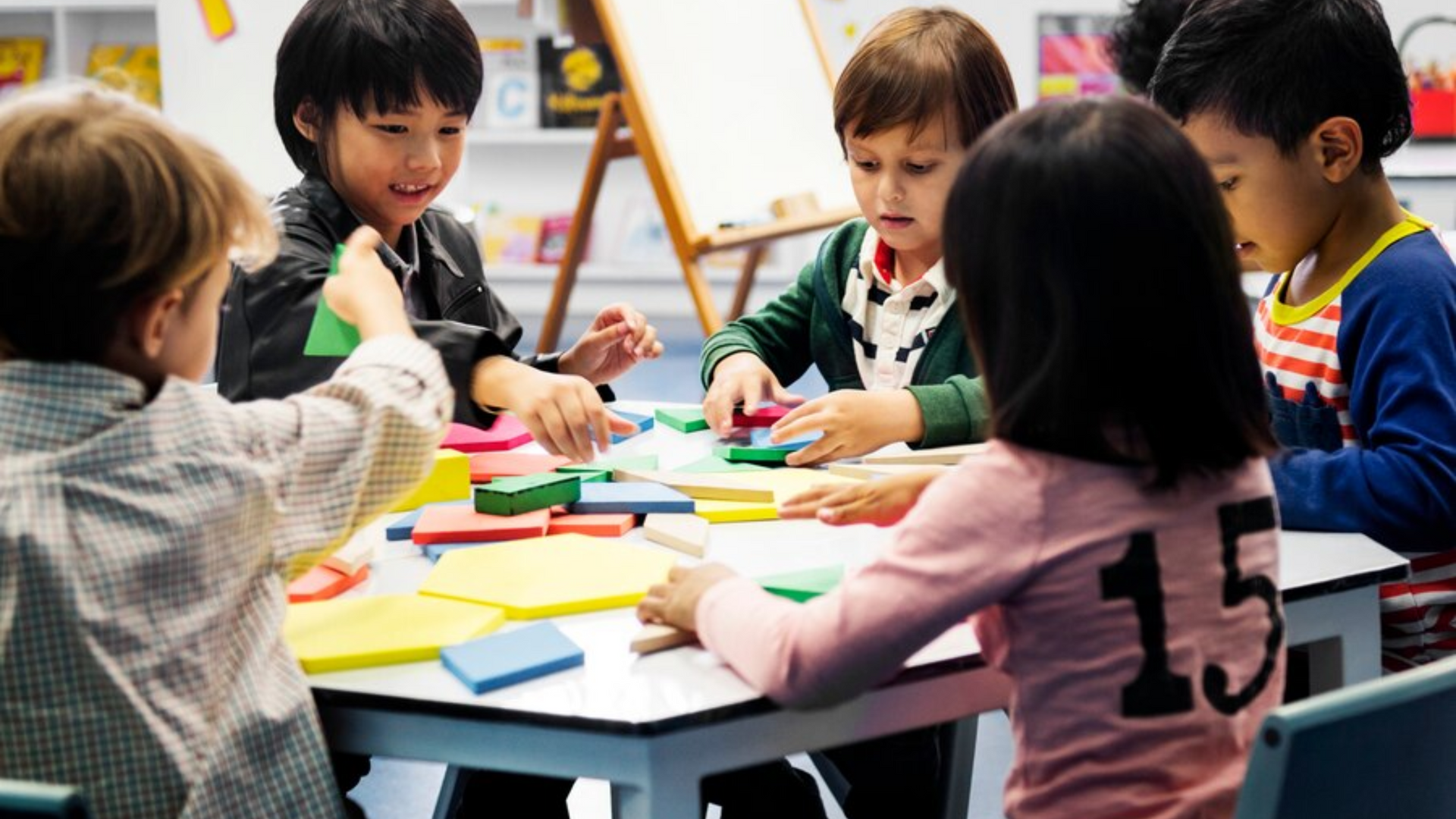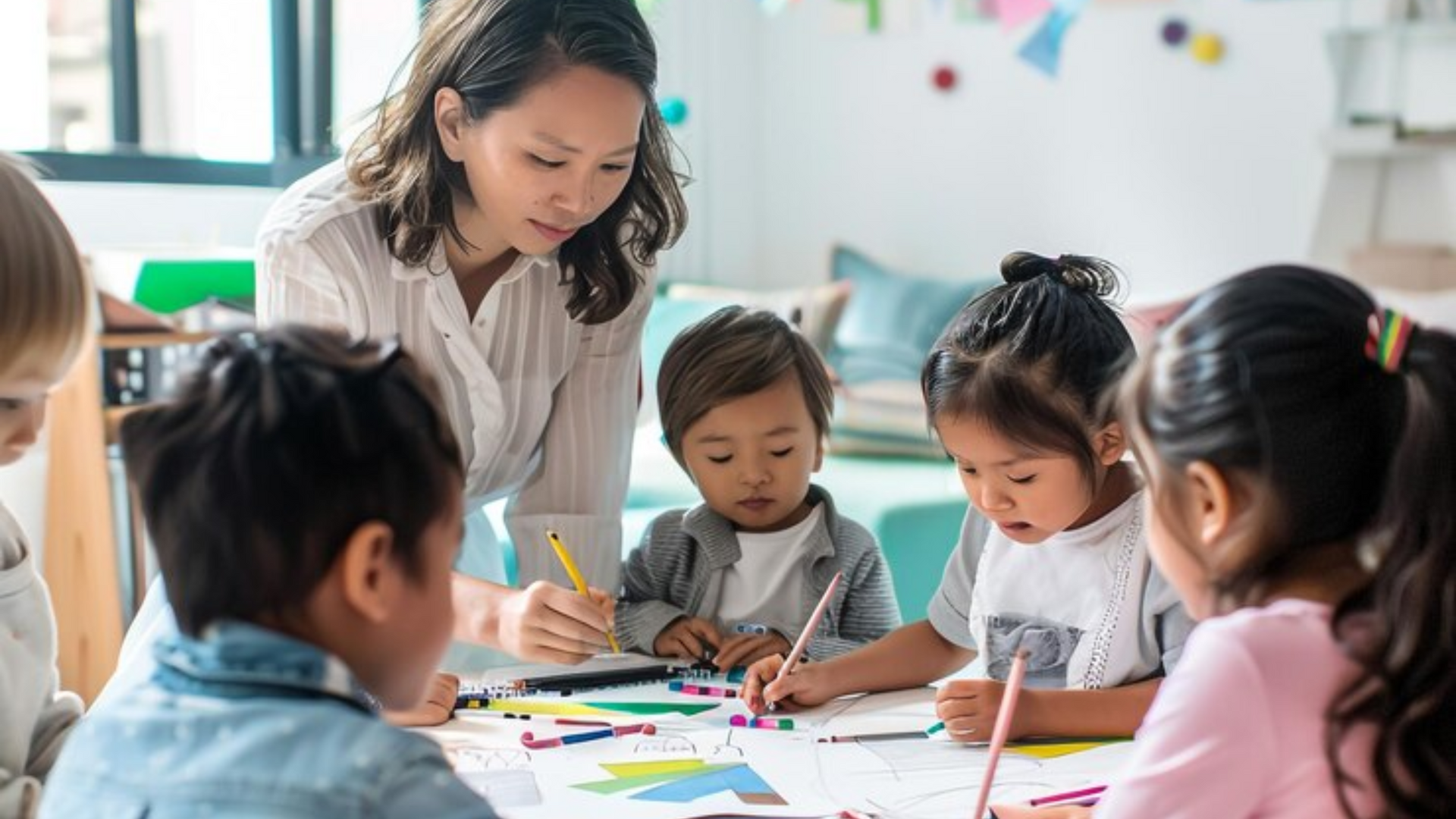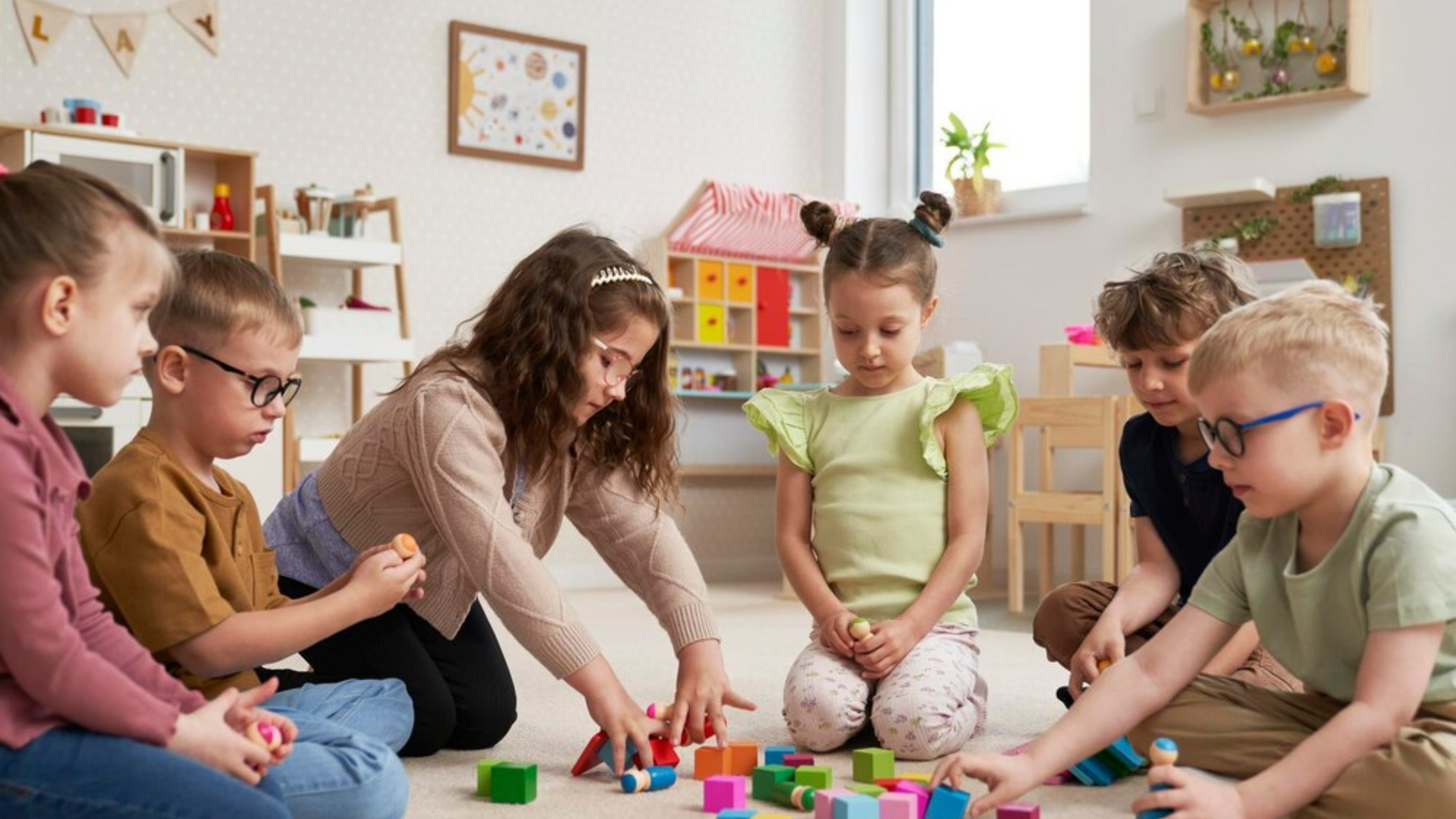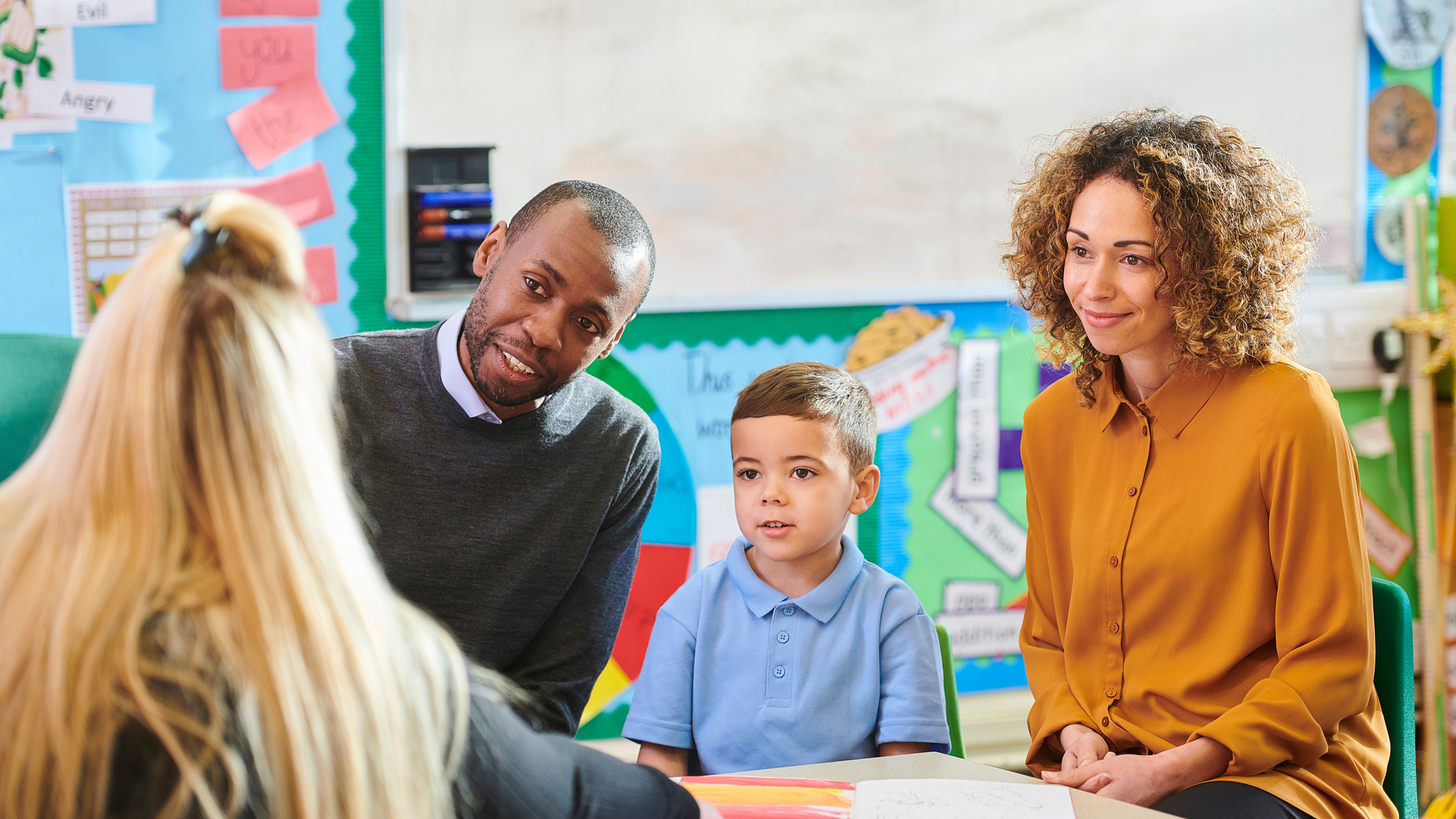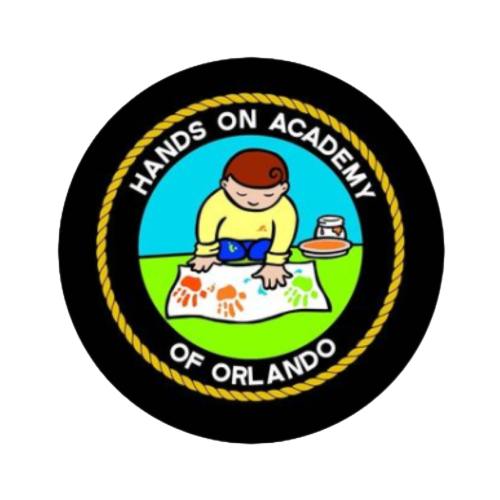A Day in the Life at Hands-On Academy: What Parents Can Expect
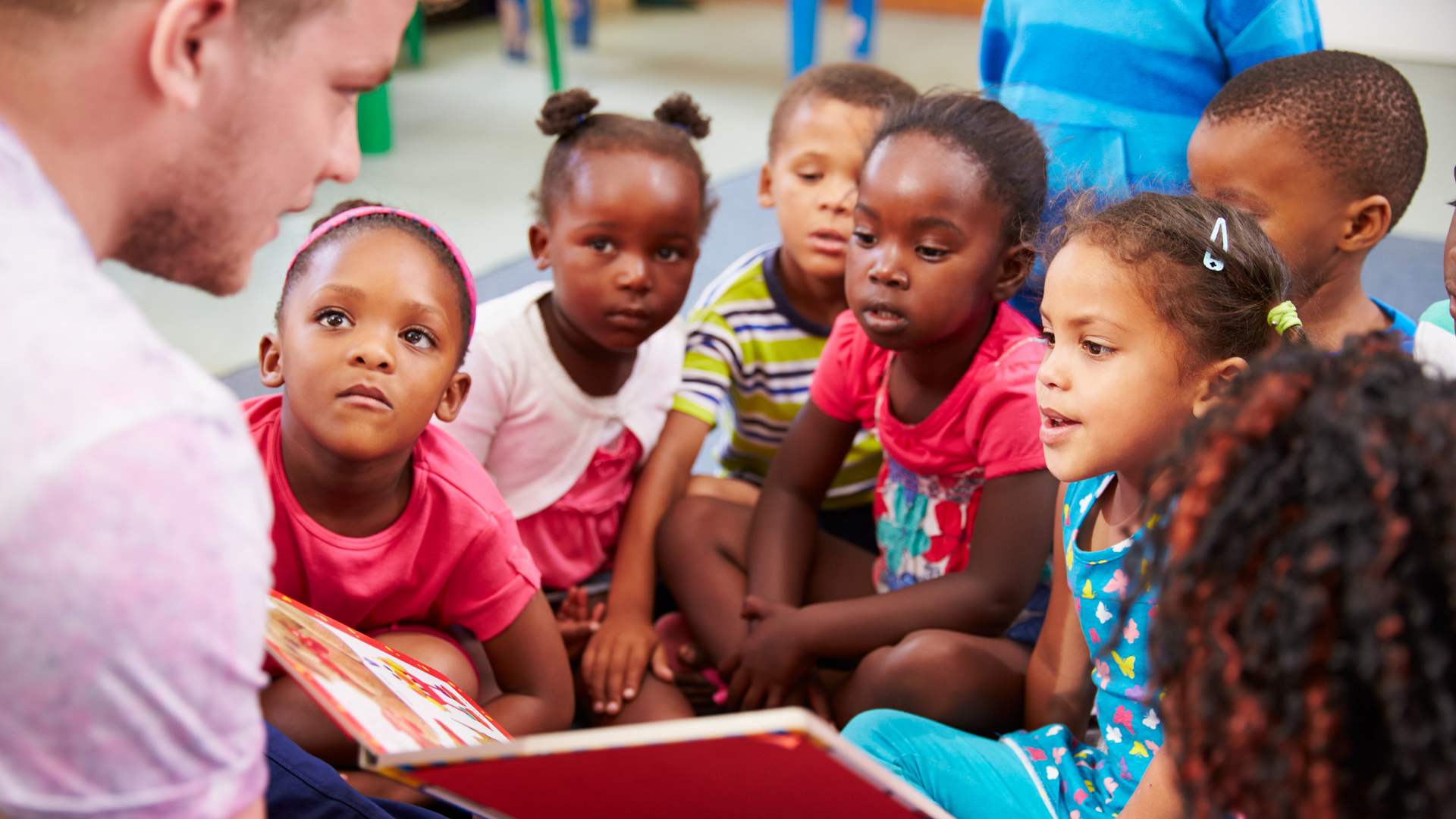
At Hands-On Academy of Orlando, we understand that choosing the right early childhood education program for your child is an important decision. Parents want to know that their children are not only safe and well-cared for, but also that they are in an environment that fosters growth, creativity, and a love for learning. So, what does a typical day look like at Hands-On Academy? Let's take a deeper look at a day in the life of a child at our center and what parents can expect.
Morning Arrival: A Warm Welcome
A new day at Hands-On Academy begins with warm, welcoming smiles from our teachers, who are ready to greet each child as they arrive. We understand that the transition into childcare can sometimes be a difficult one, so we prioritize making every child feel safe, secure, and excited to start the day. Our staff ensures that each child is greeted by name and encouraged to hang up their coat, settle in, and prepare for a fun day ahead.
Parents are always welcome to walk their child into the classroom, share any important information, and speak with the teachers about their child’s needs or progress. This open communication fosters a strong relationship between parents and teachers, ensuring that the child’s day starts off on a positive note.
Morning Circle Time: Building Connections and Setting the Tone
After arrival, the children gather for morning circle time. This is a chance for the class to come together, greet each other, and start the day as a group. During circle time, the teacher leads engaging activities, such as singing songs, sharing stories, and discussing the day’s theme or lesson. It’s also an opportunity for children to practice social skills like raising their hands, listening to others, and taking turns speaking.
Circle time helps set the tone for the day, fostering a sense of community and belonging. It’s a time when children feel valued, and it helps them transition smoothly into the structured activities that will follow. Whether the lesson is about the days of the week, weather patterns, or the theme of the month, circle time introduces foundational concepts in a fun and interactive way.
Learning Centers: Hands-On Exploration
At Hands-On Academy, we believe that children learn best through active exploration. That’s why our classrooms are divided into learning centers, each dedicated to a different type of activity. These centers allow children to explore and engage with a wide range of materials and activities, catering to different learning styles and interests.
1. Arts and Crafts Center
Creativity is a key component of our curriculum, and the arts and crafts center is always a popular spot in our classrooms. Children can experiment with different materials—paints, crayons, markers, scissors, and glue—while developing fine motor skills, learning about colors and shapes, and expressing themselves artistically. It’s a great way for children to practice following directions, build problem-solving skills, and enhance their hand-eye coordination.
2. Science and Sensory Center
Hands-on activities are an essential part of the learning process at Hands-On Academy. In our science and sensory center, children can engage with sensory bins filled with items like rice, water, or sand. They can also experiment with simple science activities, such as learning about magnets, gravity, and the properties of different materials. These activities foster curiosity, critical thinking, and exploration, and they encourage children to ask questions and investigate the world around them.
3. Reading and Language Center
At Hands-On Academy, we recognize the importance of early literacy, and our reading and language center provides children with access to a wide variety of books and language-building activities. Children can enjoy story time with a teacher, explore books independently, or participate in language games that focus on vocabulary, letter recognition, and early writing skills. This center helps children develop a love for reading and builds essential language skills that will serve them throughout their academic journey.
4. Math and Manipulatives Center
Our math and manipulatives center introduces foundational mathematical concepts such as shapes, counting, and sorting in a hands-on, interactive way. Children use items like blocks, puzzles, and counting bears to learn about numbers, patterns, and spatial relationships. By playing with these manipulatives, children develop early math skills and critical thinking abilities that lay the groundwork for more advanced concepts as they grow older.
5. Dramatic Play Center
Imaginative play is an essential part of early childhood education, and our dramatic play center encourages children to role-play and engage in creative scenarios. Whether they are pretending to be doctors, chefs, or teachers, children learn to work together, communicate effectively, and develop social skills. Through these imaginative activities, children also gain a better understanding of the world around them, practicing real-life situations in a safe, supportive environment.
Snack and Break Time: Recharging for the Day
After a busy morning of exploration, the children take a break for snack time. This is a time for children to recharge, socialize with their peers, and practice independence. Children are encouraged to sit together, share stories, and practice table manners while enjoying a nutritious snack. Our staff ensures that children feel comfortable and relaxed, allowing them to enjoy their break and prepare for the activities that will follow.
Outdoor Play: Encouraging Physical Activity
At Hands-On Academy, we believe that physical activity is just as important as academic learning. After snack time, children head outdoors to engage in physical play. Whether it’s running, climbing, or playing games, outdoor time helps children develop gross motor skills, improve coordination, and release energy in a positive way. It also provides children with the opportunity to explore nature, observe the world around them, and work together in group activities.
Our outdoor play area is designed with safety in mind and offers a variety of equipment and play structures to engage children of all ages. During this time, children learn the importance of exercise and social interaction, while also developing essential skills like teamwork, sharing, and problem-solving.
Lunch and Rest Time: Restoring Energy
After a busy morning, children take time to enjoy a nutritious lunch, followed by a period of rest. Lunch is a time for children to relax, socialize, and enjoy a healthy meal. Our staff ensures that each child is encouraged to eat their lunch in a calm, supportive environment, fostering healthy eating habits and independence.
Following lunch, it’s time for rest. Children are given the opportunity to rest or nap in a quiet, comfortable area, which is crucial for recharging their energy. Rest time is an essential part of the day, helping children recharge both physically and mentally for the second half of the day. While some children may sleep, others may choose to quietly read or engage in a calming activity, ensuring that every child’s individual needs are met.
Afternoon Activities: Wrapping Up the Day
As the day progresses, children engage in more focused activities, often building on what they’ve learned earlier in the day. Whether it’s a group art project, a science experiment, or a music and movement activity, the afternoon offers an opportunity for children to apply their knowledge and skills in a creative, collaborative setting.
Teachers provide guidance and support as children continue to explore, experiment, and express themselves. The afternoon also offers a time for reflection, as children share what they’ve learned with their peers and celebrate their accomplishments.
Dismissal: Ending the Day on a Positive Note
At the end of the day, children are picked up by their parents. Teachers share highlights from the day, such as special moments or accomplishments, and provide any updates on the child’s progress. Parents are encouraged to ask questions and engage with the teachers, ensuring that they are fully informed about their child’s day.
Children leave Hands-On Academy with a sense of pride and accomplishment, ready to share their experiences with their families and look forward to another day of learning.
The Hands-On Academy Experience
At Hands-On Academy of Orlando, we believe that every day is an opportunity for children to learn, grow, and thrive. Our hands-on approach to early childhood education encourages curiosity, creativity, and collaboration, ensuring that children are not only prepared for school but also for life.
As parents consider the best time to begin their child's early education, it's important to think about the long-term benefits of early enrollment. For more insights, you can learn about
What’s the Best Age to Start Childcare and explore the
7 Advantages of Early Childcare Enrollment to better understand how starting early can provide your child with the best foundation for a successful future.

